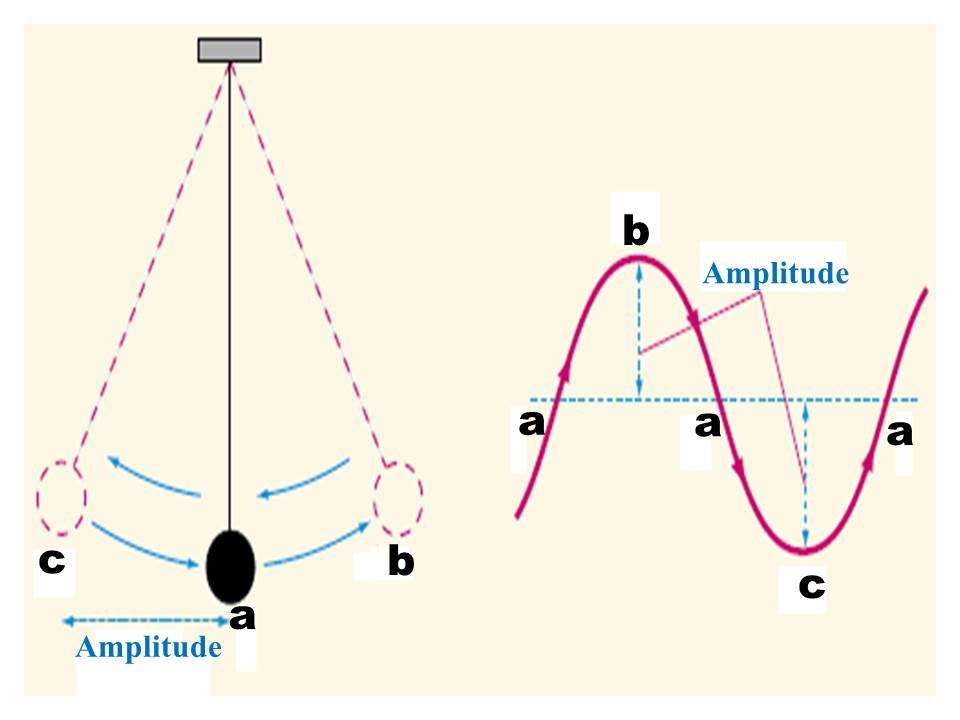
Periodic motion is motion of an object that regularly returns to a given position after a fixed time interval. With a little thought, we can identify several types of periodic motion in everyday life. Your car returns to the driveway each afternoon.You return to the dinner table each night to eat. A bumped chandelier swings back and forth, returning to the same position at a regular rate. The Earth returns to the same position in its orbit around the Sun each year, resulting in the variation among the four seasons.
In addition to these everyday examples, numerous other systems exhibit periodic motion. The molecules in a solid oscillate about their equilibrium positions; electromagnetic waves, such as light waves, radar, and radio waves, are characterized by oscillating electric and magnetic field vectors; and in alternating-current electrical circuits, voltage, current, and electric charge vary periodically with time. A special kind of periodic motion occurs in mechanical systems when the force acting on an object is proportional to the position of the object relative to some equilibrium position. If this force is always directed toward the equilibrium position, the motion is called simple harmonic motion, which is the
primary focus of this chapter
The other chapter begins with a discussion of temperature and with a description of one of the laws of thermodynamics (the so-called “zeroth law”). Next, we consider why an important factor when we are dealing with thermal phenomena is the particular substance we are investigating. For example, gases expand appreciably when heated, whereas liquids and solids expand only slightly.
In addition to these everyday examples, numerous other systems exhibit periodic motion. The molecules in a solid oscillate about their equilibrium positions; electromagnetic waves, such as light waves, radar, and radio waves, are characterized by oscillating electric and magnetic field vectors; and in alternating-current electrical circuits, voltage, current, and electric charge vary periodically with time. A special kind of periodic motion occurs in mechanical systems when the force acting on an object is proportional to the position of the object relative to some equilibrium position. If this force is always directed toward the equilibrium position, the motion is called simple harmonic motion, which is the
primary focus of this chapter
The other chapter begins with a discussion of temperature and with a description of one of the laws of thermodynamics (the so-called “zeroth law”). Next, we consider why an important factor when we are dealing with thermal phenomena is the particular substance we are investigating. For example, gases expand appreciably when heated, whereas liquids and solids expand only slightly.
- Enseignant: د. اميره محمد حسنين محمود

